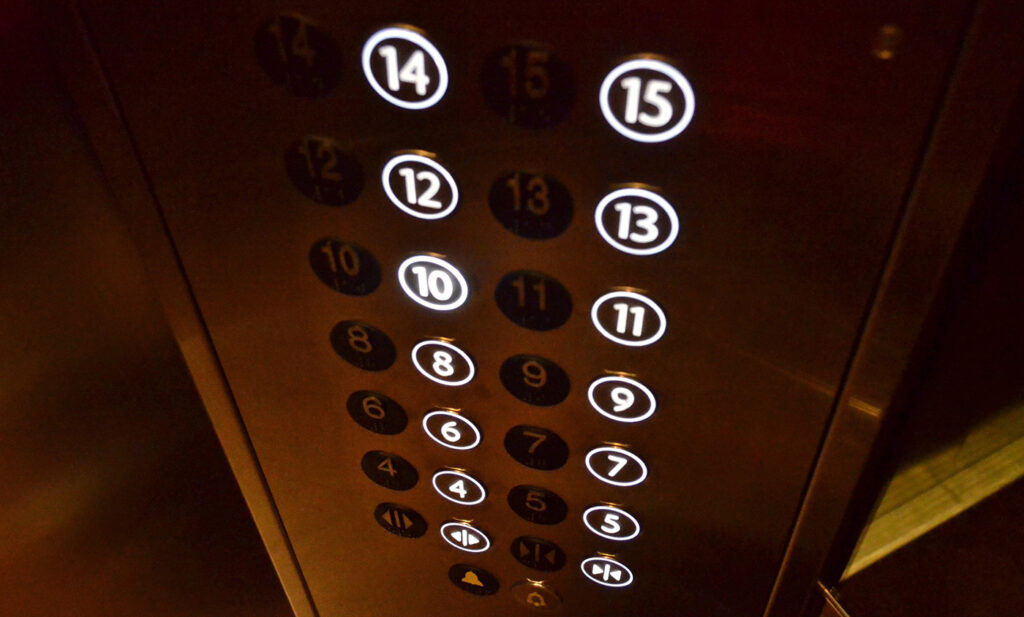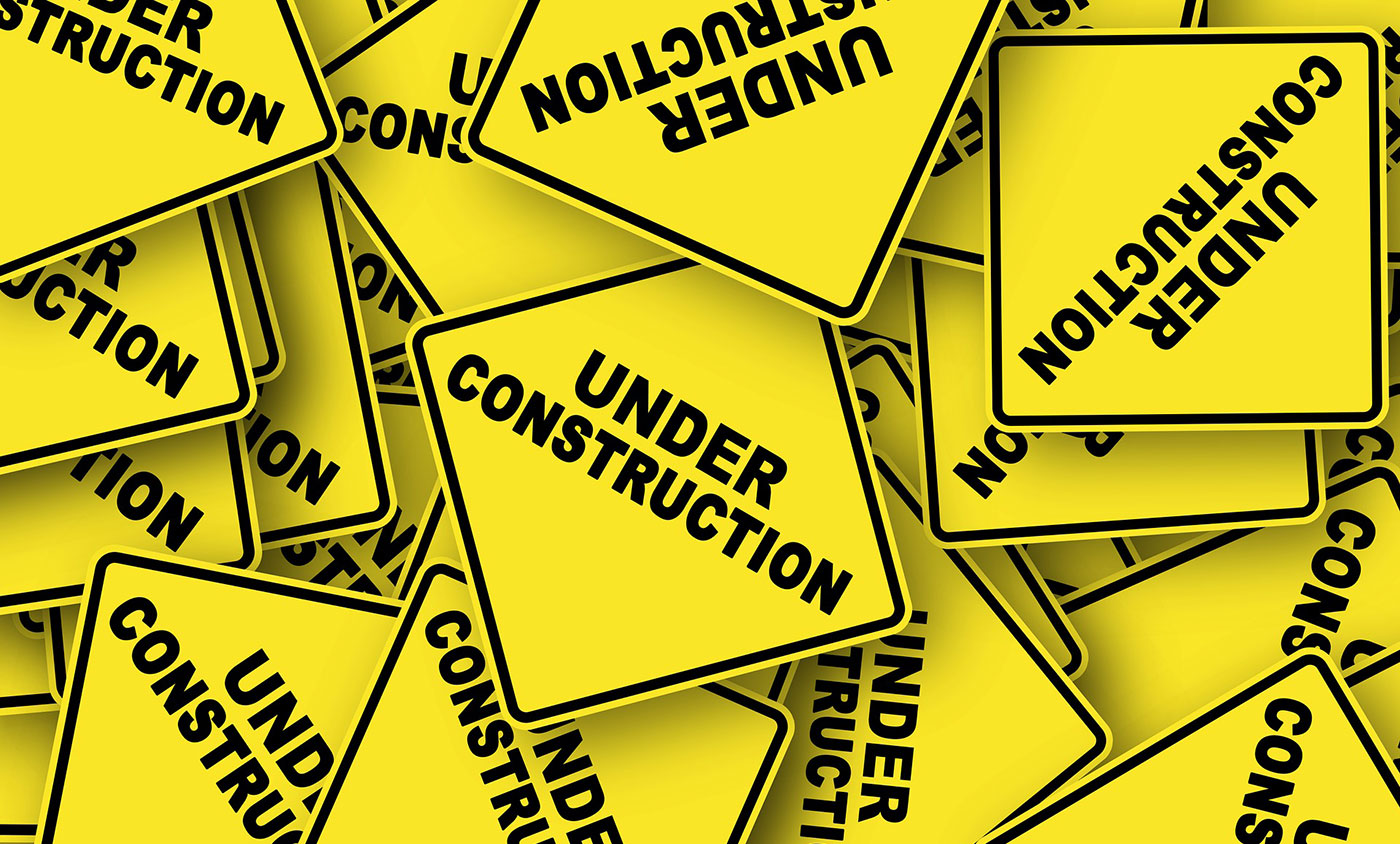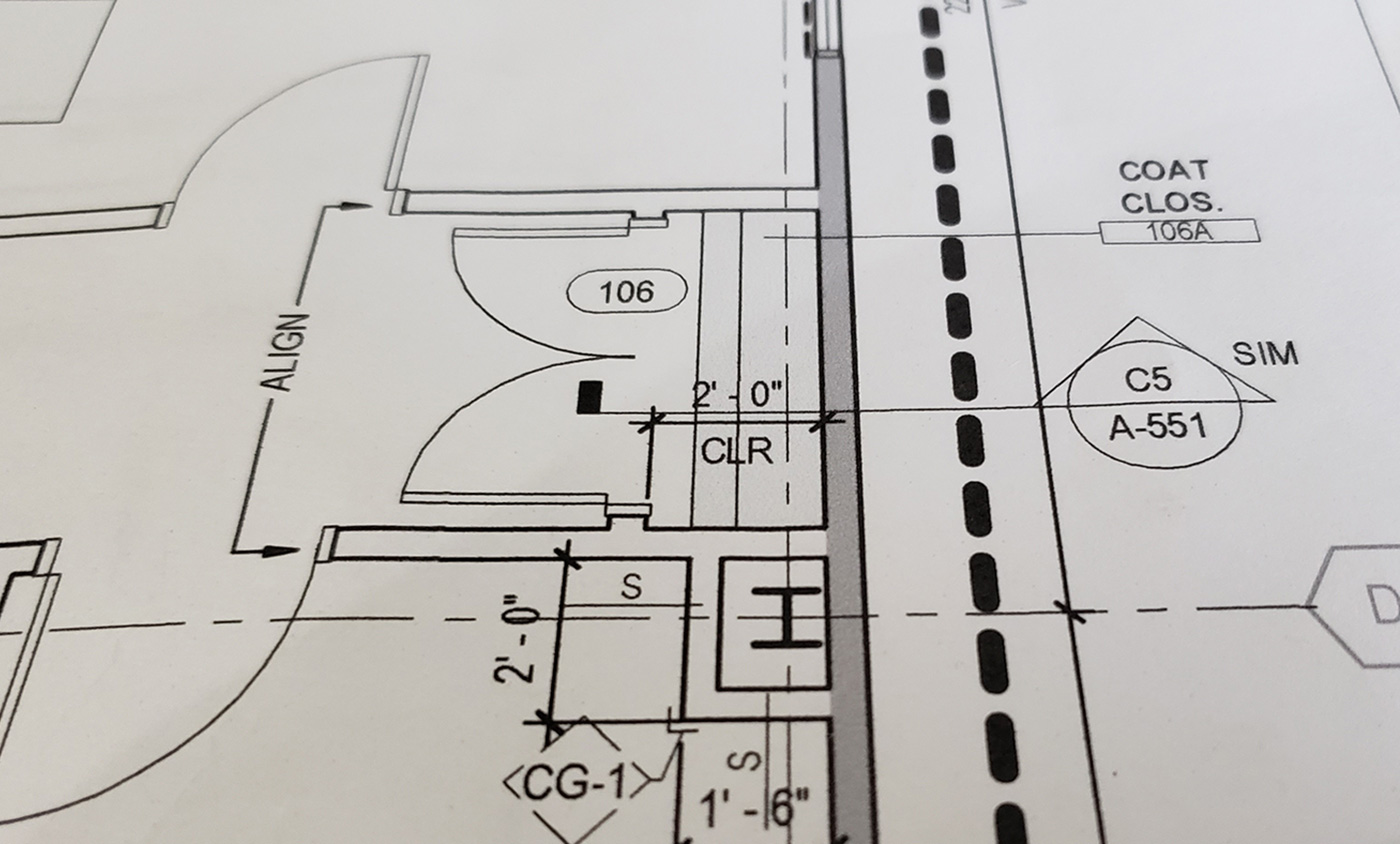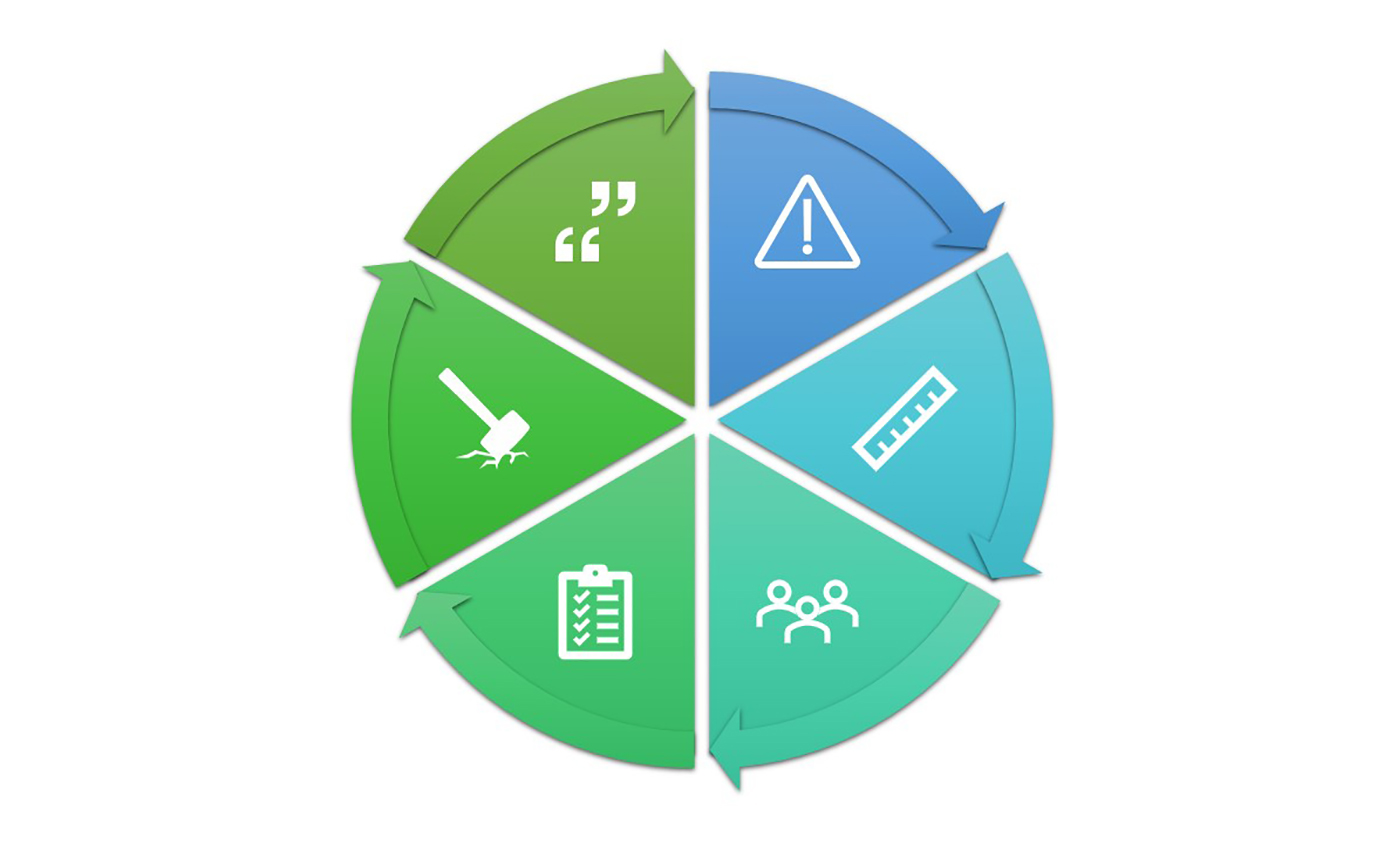The Necessity of Modernizing Elevators
Addressing Regulatory Issues and Construction Management Strategies

Elevators have long been an essential component of modern buildings, providing vertical transportation and accessibility to occupants. However, as regulatory requirements evolve and technology advances, the need for modernization becomes increasingly apparent. In this blog post, we will explore why modernizing elevators is a necessity due to regulatory issues and discuss the approach that a construction management firm would take for a project of this nature.
Regulatory compliance is one of the primary drivers behind elevator modernization efforts. As safety standards and building codes are updated, older elevator systems may no longer meet current requirements, posing risks to occupants and liability concerns for building owners. Modernizing elevators ensures compliance with regulations, enhances safety, and reduces the likelihood of accidents or malfunctions.
Additionally, modernizing elevators offers several other benefits, including improved energy efficiency, enhanced performance, increased reliability, and enhanced aesthetics. Upgrading outdated elevator systems can also enhance the overall value of a building, improve tenant satisfaction, and contribute to a more sustainable and environmentally friendly infrastructure.
When undertaking an elevator modernization project, a construction management firm would typically follow a systematic approach to ensure its success. This approach may include the following key steps:
Assessment and Evaluation
The first step in modernizing an elevator system involves a comprehensive assessment and evaluation. This process includes conducting a thorough assessment of the existing elevator systems to pinpoint deficiencies, safety concerns, and areas that require improvement. It’s also crucial to evaluate regulatory requirements and compliance issues to ensure that any modernization efforts are in complete alignment with current standards and codes. This foundational step sets the stage for a successful upgrade by identifying key areas of focus and ensuring legal compliance from the get-go.
Planning and Design
Once the assessment is complete, the focus shifts to planning and design. This stage is about developing a detailed modernization plan that clearly outlines the project’s objectives, scope, budget, and timeline. Collaboration is key at this point, involving elevator manufacturers, engineers, architects, and regulatory authorities to help develop design specifications and technical requirements for the modernization project. This collaborative approach ensures that the plan is feasible, within budget, and compliant with all relevant standards.
Procurement and Construction
The procurement and construction phase is where the plan starts to come to life. This involves the procurement of necessary materials, equipment, and services in strict accordance with project specifications and budgetary constraints. Coordinating the construction activities is a significant task, encompassing demolition, installation, testing, and commissioning of new elevator components. Ensuring compliance with safety protocols, building codes, and regulatory requirements throughout the construction phase is paramount to the project’s success.
Quality Assurance and Testing
Implementing rigorous quality assurance measures is essential to verify that the modernized elevator systems meet all performance standards and safety regulations. This stage of the process includes conducting thorough testing and inspections to identify and promptly address any deficiencies or operational issues. The goal here is to ensure the highest quality and safety of the elevator systems before they are put into use.
Commissioning and Handover
The final step in the modernization process is the commissioning and handover phase. This involves commissioning the modernized elevator systems to ensure they function as intended and meet the needs of the building occupants. Providing training to building staff and occupants on the proper use and maintenance of the new elevator equipment is an important part of this phase. Lastly, the project handover process is completed, which includes documentation, certifications, and warranty information. This ensures a smooth transition and operational integrity of the elevator systems for their expected lifecycle.
Modernizing elevators is a necessity driven by regulatory issues, safety concerns, and the need for improved performance and efficiency. Construction management firms play a crucial role in facilitating elevator modernization projects by employing a systematic approach that ensures compliance with regulations, adherence to quality standards, and successful project outcomes. By embracing modernization efforts, building owners can enhance the safety, functionality, and value of their properties while providing occupants with a more reliable and efficient vertical transportation experience.
About Parris Construction Management: Parris is a family-owned construction management company. We work with owners, property managers, architects and designers, and specialize in the construction of meaningful spaces for leading clients in healthcare, hospitality and education. We retain 100+ years of collective construction expertise, 30+ years of active buying experience in the industry and pride ourselves on delivering outstanding quality.














